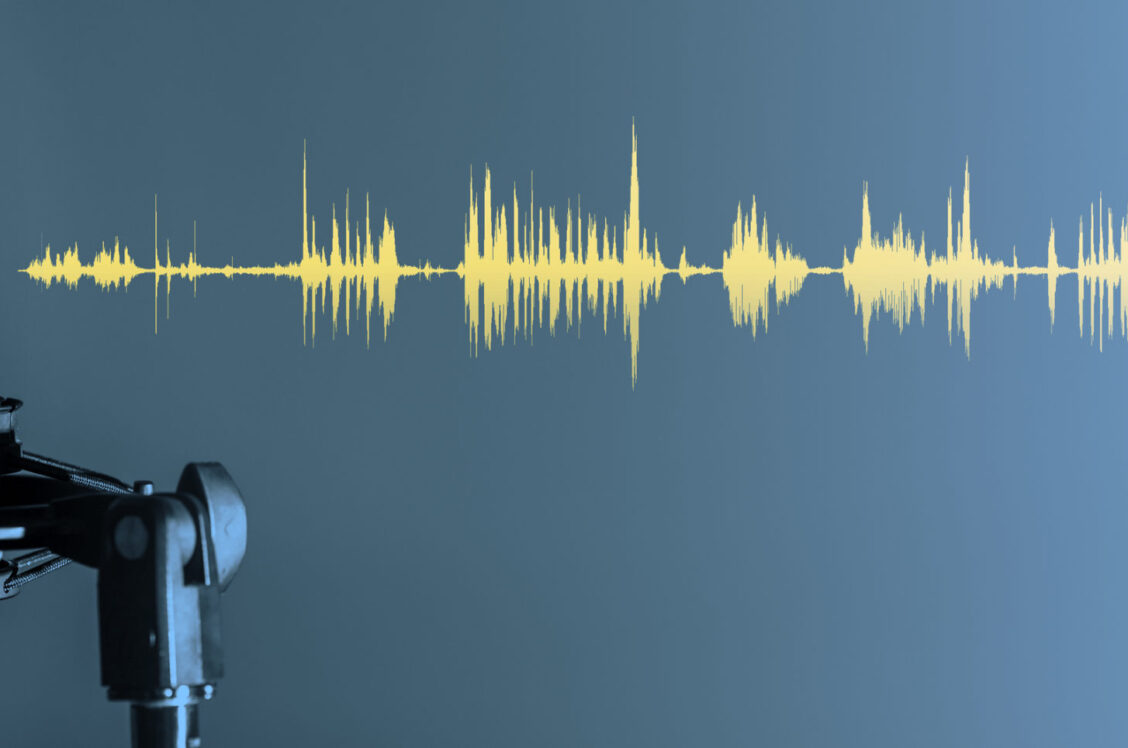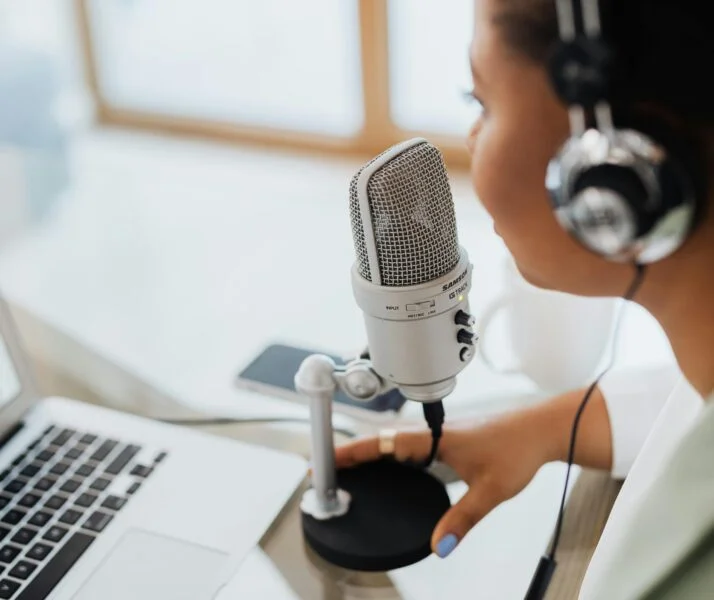
What is a podcast network?
While the exact definition of a podcast network can take on a broad interpretation, we define it as a company that can create, produce, publish, distribute and/or sell podcast ads on behalf of specific podcasters and shows. They work with agencies and brands to integrate podcast ads seamlessly into their roster of shows and help show hosts monetize their platform. While traditionally, podcast networks used to be more specialized and endemic to podcasts only, larger traditional and digital audio platforms like iHeart, Spotify, Amazon, Westwood One and Audacy have moved into the podcast ecosystem in recent years.
How do podcast networks work for advertising?
A podcast network has a dedicated sales team to work with the buy side – brands and agencies – to match advertisers with podcast hosts, shows or episodes that align with their business objectives, target audience and category or product relevance.
What should you look for in a podcast network?
Podcast networks are not one-stop shops and for good reason! The power of podcasts are that they are unique and reach a specific audience. Most brands need to work with a few different networks to put together a robust and effective media plan. For example, Spotify has large shows, but more niche shows that are just as valuable may be represented by different networks.
When we help our clients work with podcast networks, we often ask how frequently they produce new episodes. Podcasts can include limited shows that produces 8 -10 episodes in its entirely or a more evergreen show that produces regular episodes (1-2 weekly). Both of these types of shows can deliver on audience and business goals.
Another key consideration when selecting a roster of networks to partner with is the type of relationships they maintain with their hosts. In some cases, networks have really deep relationships and with others there might be a middle man that limits your influence and communication with the host.
What are the top podcast networks?
One common misconception is that bigger is better. Just because a network is big doesn’t mean that they are a one-stop shop. In the podcast advertising business, expertise is important. Both large and small networks can have deep expertise, you just need to know where to look.
A couple of the trends we are seeing in the space is that some of the big players are behaving more like walled gardens by consolidating big podcasts and the smaller players offer specific shows, audiences and sometimes deeper relationships.
We also can’t stress enough that independent shows are a huge source of untapped potential, with more and more podcasts being launched or released every day. Most podcasts start as independent and there are a lot to choose from! Current there are over 2M podcast shows and 61M episodes. On Apple Podcasts specifically there are over 500K active podcasts that published a new show within the last 90 days.* With this constant influx of new inventory, it’s important not to overlook the up and coming shows.
How to find the right podcast advertising network for your brand
It all starts with a tight brief. The brief needs to articulate the exact audience takeaway and clear expectations on what the marketer wants the host to do. Based upon the brief you can identify shows and hosts that are right for your brand and identify both large and small networks that will make excellent partners
Another key consideration if you are buying other audio channels, is that there may be the ability to negotiate greater efficiency with partners like Stitcher (iHeart), Spotify, Pandora (SiriusXM) and Audacy by leveraging your streaming audio buy.
Conclusion
If you are just starting your search for podcast networks, we recommend making a list of your favorite podcasts and identifying their producer. They may produce multiple shows and you will be able to get a sense of all the opportunities available within their network. For any help with your podcast advertising planning and buying needs, please reach out to the team at Ad Results Media.
Sources:


